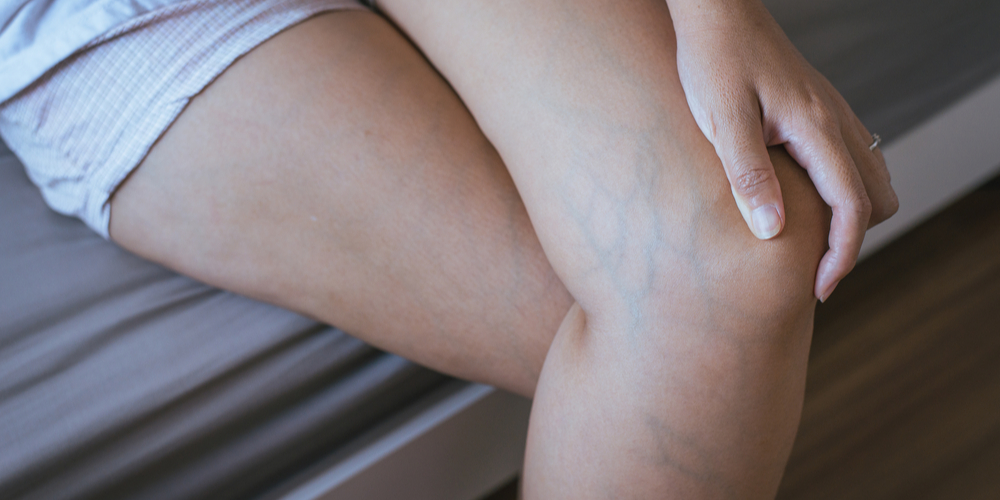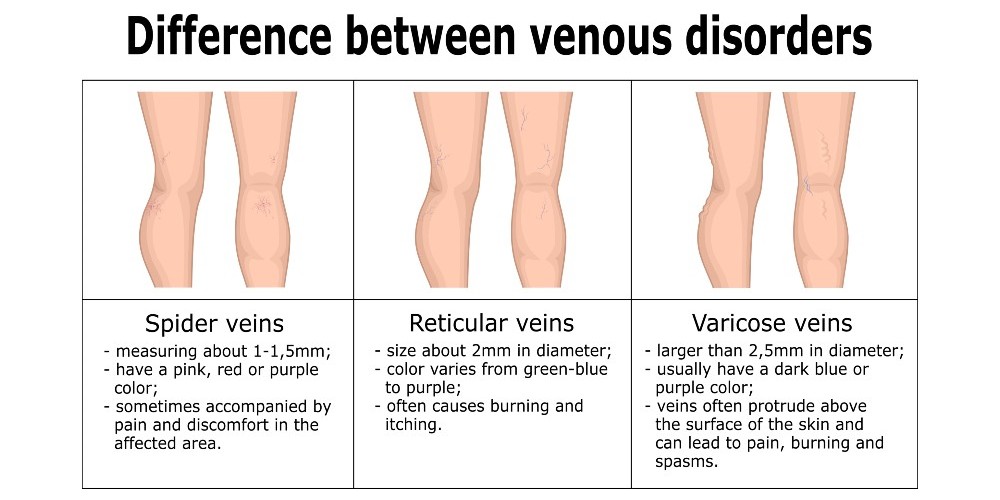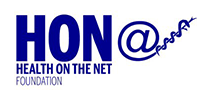
Skin Vein Removal
Skin vein removal is an extremely common cosmetic procedure, being one of the top cosmetic procedures performed in the United States. The most common locations in which skin veins become diseased and readily visible are on the legs and face. The most common areas for which people seek cosmetic vein treatments are on the legs, ankles, and feet. The next most common location is the face/nose.
Different Types of Treatable Skin Veins
The abnormal skin veins are referred to as “spider veins,” telangiectasias, or “thread veins” when they are small (thread sized). These vessels measure 0.1 mm to 1 mm in diameter and represent an expanded venue, capillary, or arteriole. They can be red, purple, or blue in color. They often tend to form in clusters and can occur in multiple different locations. They typically increase in number and size over time.
When the abnormal skin veins are medium-sized (1 mm to 3 mm in diameter) they are referred to as “reticular veins,” which are small varicose veins. These veins tend to form on the legs and sometimes around the eyes and temple regions. One of the most common locations of abnormal reticular vein formation is behind the knees. These veins are thinned and stretched veins that have enlarged as the result of the thinning of the vein wall and faulty valves within the veins. When vein valves become faulty within the vein lumen, blood pools in the skin veins and cause pressure build-up inside the veins. The pressure build-up can cause unsightly blue or purple veins, but it can also lead to pain, achiness, or swelling of the legs.
When abnormal skin veins are large ( > 3mm in diameter), then they are referred to as true varicose veins. These are the most serious form of skin veins, as they can lead to significant complications such as blood clots, chronic pain, chronic swelling, chronic leg fatigue, numbness, skin damage, skin bleeding, and even venous ulcers / venous wounds. The varicose veins are usually associated with a more serious circulation problem referred to as venous reflux disease. This disease usually involves a larger diseased vein beneath the surface of the skin referred to as a saphenous vein or perforator vein.

What Causes Abnormal Skin Veins to Develop?
There are many different reasons that you can develop unsightly or symptomatic skin veins. The most common reason is a genetic predisposition, i.e. they are usually an inherited condition. It, therefore, is usually not a matter of if you were going to develop them, it was a matter of when and how severe they were going to develop. Most people who develop abnormal skin veins have immediate family members, such as parents or grandparents with a similar problem.
Another predisposing factor that can lead to the onset or progression of abnormal skin veins is pregnancy. Since the enlarged uterus puts tremendous pressure on the pelvic and leg veins, it can accelerate the onset and progression of abnormal skin veins. Being significantly overweight or obese can cause the same progression of leg veins.
Other predisposing conditions that can cause abnormal veins to develop include hormone therapy, skin or tissue trauma, or excessive sun exposure. Occupations that are associated with prolonged standing, such as cashiers, bank tellers, cosmetologists, etc, also have a stronger predisposition to progressive spider veins and varicose veins. Abnormal skin veins also have a gender preference, occurring much more commonly in women due to the effects of estrogen and progesterone on the circulatory system.
Methods of Removing Skin Veins
There are many different methods of removing skin veins, with significant recent advances in the medical procedures utilized to treat vein conditions. There are detailed descriptions of all of these vein treatments on this website.
We will briefly list the categories of skin vein removal below:
1) Skin Vein Removal with Thermal Heat
Using heat to remove skin veins has been around for decades. But the devices utilized have shown significant improvement over the years. Some of the common thermal therapies to remove skin veins includes laser, radiofrequency heat ablation, and Ohmic thermolysis.
There are dozens of different vein lasers available. One unique laser for use in varicose vein removal is the EVLT laser. There are several effective lasers available for the treatment of spider veins. Reticular veins do not usually respond well to laser therapy.
Another effective method of thermal skin vein removal is the use of radiofrequency heat energy. The devices utilized include devices that go by the names of VNUS Closure Device, the Venefit Device, and the ClosureFast Device. These devices are indicated for the treatment of varicose veins and venous reflux disease.
A unique and effective method of treating spider veins with thermal heat energy is the use of Ohmic thermolysis heat. The devices utilized include the Veinwave device and the VeinGogh device. This technology can be utilized on any location on the body, including the legs, ankles, feet, and face. It can also be safely utilized on all different skin tones/skin colors.
2) Skin Vein Removal with Medication Injection
Medication Injection, referred to as Sclerotherapy or Endovenous Chemical Ablation, is a very effective method of removing abnormal skin veins. The medications are FDA-approved and very safe. Medications include Asclera, Varithena, Sotradecol, and Polidocanol. They can be administered as clear solutions or as foam, with concentration adjustment based on the size of the veins. Sometimes more than one treatment session is required. This treatment can be utilized for all sizes of skin veins, ranging from small spider veins to larger varicose veins.
3) Skin Vein Removal with Plastic Surgery
Plastic surgery is a very traditional but effective method of skin vein removal.
These procedures are typically performed for varicose veins, not for the smaller reticular veins or spider veins. The surgery procedures are referred to as micro-phlebectomy, ambulatory phlebectomy, stab phlebectomy, or pin phlebectomy. This procedure is performed with either local anesthetic in the office or under general anesthetic in a surgery center. Although this is the most invasive option, it can sometimes be recommended in more severe forms of venous disease.
Why Austin Vein Specialists for My Skin Vein Removal?
At Austin Vein Specialists, we feel that we are best qualified to evaluate and treat your skin vein condition due to the level of training and experience of our physicians and staff. Our physician is a board-certified vein specialist and a board-certified vascular surgeon with over 15 years of experience. He completed a residency and fellowship in the management of venous diseases and has the highest level of vein specialty training and certifications available. Dr. Gotvald is a Fellow of the American College of Surgeons and the American Board of Surgery. He is certified in Phlebology by the American Board of Venous & Lymphatic Medicine and is a distinguished member of the Society for Vascular Surgery. He has performed many thousands of vein interventions.


